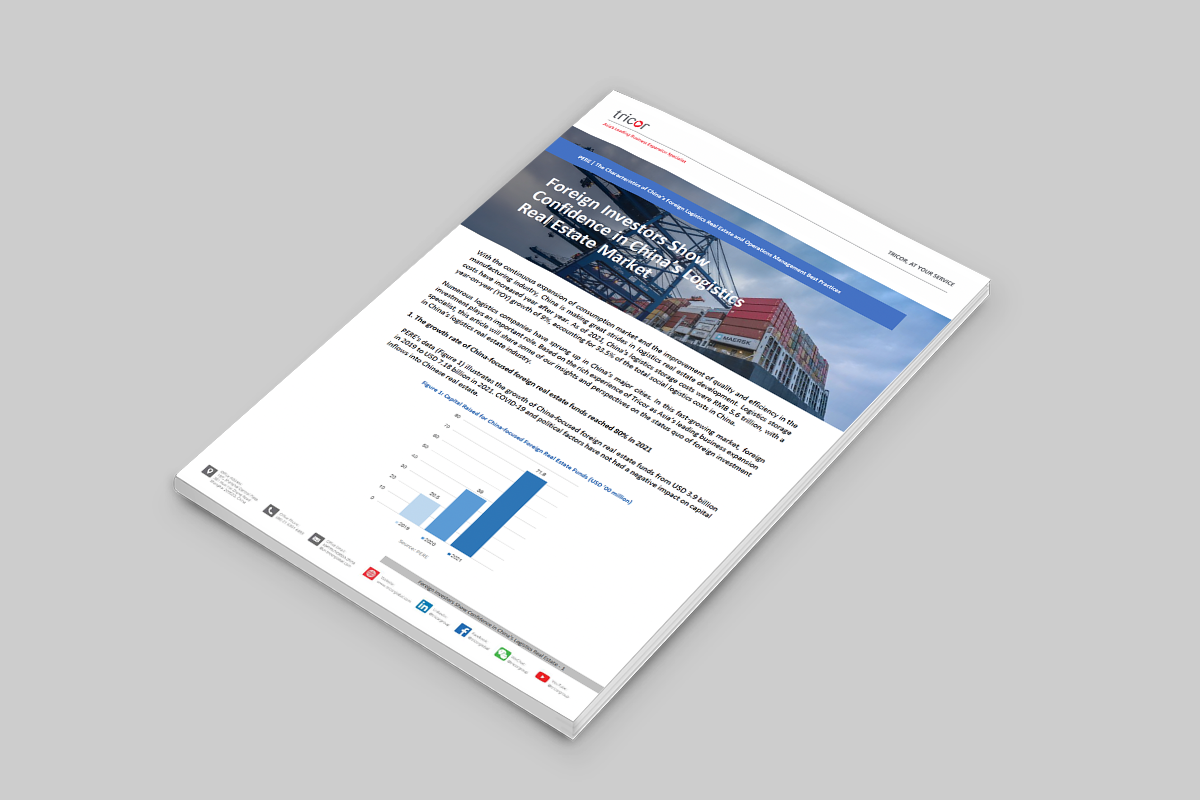The ESG reporting guidelines comprise two levels of disclosure obligations: (A) mandatory disclosure requirements; and (B) “comply or explain” provisions.
1. Board governance structure
A statement from the board must contain:-
Disclosure of the board’s oversight of ESG issues;
-
The board’s ESG management policies and strategy, including the process used to evaluate, prioritize and manage material ESG-related issues (including risks to the issuer’s businesses); and
-
How the board tracks progress made against ESG-related goals and targets with an explanation of how they relate to the issuer’s business.
2. Reporting principles
Describe how the reporting principles have been applied in preparation of the report:
- Materiality: The ESG report should disclose: (i) the process used to identify and the criteria for the selection of material ESG factors; (ii) if a stakeholder engagement is conducted, a description of significant stakeholders identified, and the process and results of the issuer’s stakeholder engagement.
- Quantitative: Issuers should disclose information on the standards, methodologies, assumptions and/or calculation tools used, and source of conversion factors used, for the reporting of emissions / energy consumption (where applicable).
- Consistency: Issuers should disclose any changes to the methods or KPIs used, or any other relevant factors affecting a meaningful comparison.
3. Reporting scope
Explain the reporting scope of the ESG report and describe the process used to identify which entities or operations are included in the ESG report. Should there be a change in scope, the issuer should explain the difference and reason for the change.
1. Disclosure areas and aspects
- Employment and labor practices include four aspects: employment, health & safety, development & training, and labor standards.
- Operating practices include three aspects: supply chain management, product responsibility and anti-corruption.
- Community refers to the level of community investment
2. General disclosure information
- Policies
- Compliance with relevant laws and regulations that have a significant impact on the issuer
- Key performance indicators (KPIs)
3. Definition of KPIs
Under each disclosure level, relevant KPIs to be disclosed are set up. Taking emission levels as an example, the following performance indicators must be disclosed:
- Types of emissions and respective emissions data;
- Direct (Scope 1) and energy indirect (Scope 2) greenhouse gas (GHG) emissions and intensity;
(Direct GHG emissions are emissions from sources owned or controlled by the company; indirect GHG emissions are emissions that result from the company's activities but occur from sources owned or controlled by other companies. Source: "Greenhouse Gas Protocol”) - Total hazardous waste produced and intensity;
- Total non-hazardous waste produced and intensity;
- Description of emissions targets set, and steps to be taken to achieve them;
- Description of how hazardous and non-hazardous wastes are handled, and a description of reduction targets set, and steps to be taken to achieve them.
4. What are “comply or explain” provisions?
ESG Advisory & Reporting
How can Tricor Axcelasia support your organization?
-
Expert knowledge: Provide accurate and up-to-date information regarding ESG, integrated and sustainability reporting requirements.
-
Framework optimization: Transform existing framework to align with the United Nations Sustainable Development Group (UNSDG), Task Force on Climate Related Financial Disclosures (TCFD), International Integrated Reporting Council (IIRC) and Global Reporting Initiative (GRI) standards.
-
Strategic analysis: Apply our expertise in governance, risk and compliance advisory to identify risks, opportunities and strategies in relation to ESG reporting.
-
Value proposition: Identify drivers for value-creation in the short-, medium- and long-term
-
Industry knowledge: Our teams possess comprehensive industry knowledge and extensive experience in ESG advisory.
-
Case studies: Adopt a highly interactive approach to engage all stakeholders for case studies.
-
Data quantification: Our multidisciplinary team consists of experts in data analysis, information security and risk advisory. Instead of data collection, we conduct comprehensive data analysis to effectively and reasonably present quantitative data in reports.
(The latest issue of HKEX’s “ESG Reporting Guidelines” underlines the principle of quantification, which is related to the standards, methods, assumptions and measurements used for reporting emissions or energy consumption, as well as the sources of conversion factors adopted, should be disclosed.)
-
Training: Provide training to business managers regarding the risks and opportunities surrounding ESG. The sharing and transfer of knowledge is a key part of our holistic services.
For more information, please contact Lynn Li, Strategic Business Advisory Manager of Tricor Mainland China at lynn.y.li@cn.tricorglobal.com.
About Tricor Axcelasia
Tricor Axcelasia is an integrated professional services group providing strategic business advisory and governance risk & compliance (“GRC”) systems to publicly listed companies, private companies, multinational corporations and government-linked entities. We help organizations build their capabilities in strategic planning and execution by identifying and anticipating potential risks, and sharing comprehensive expertise in business management.






